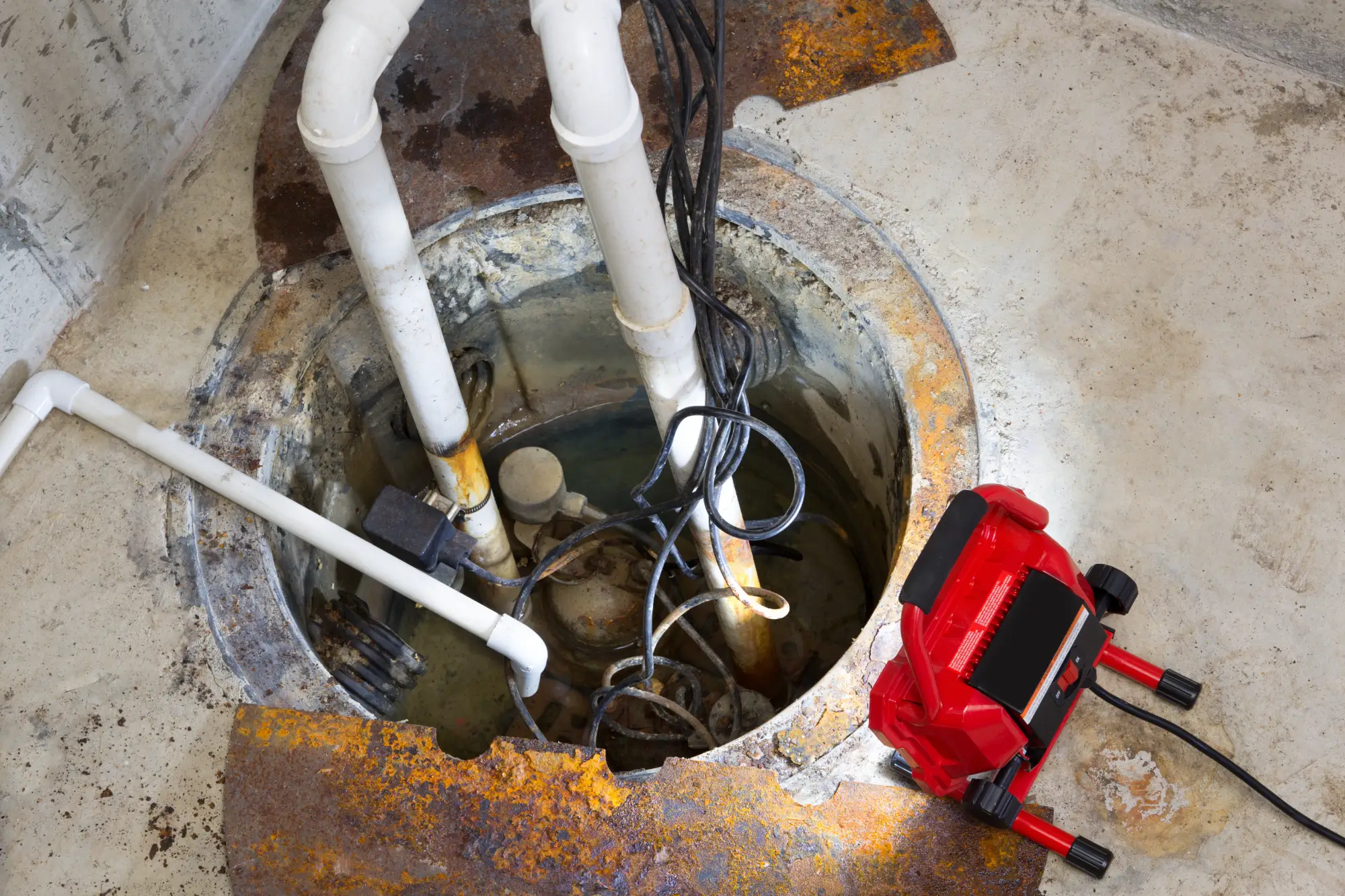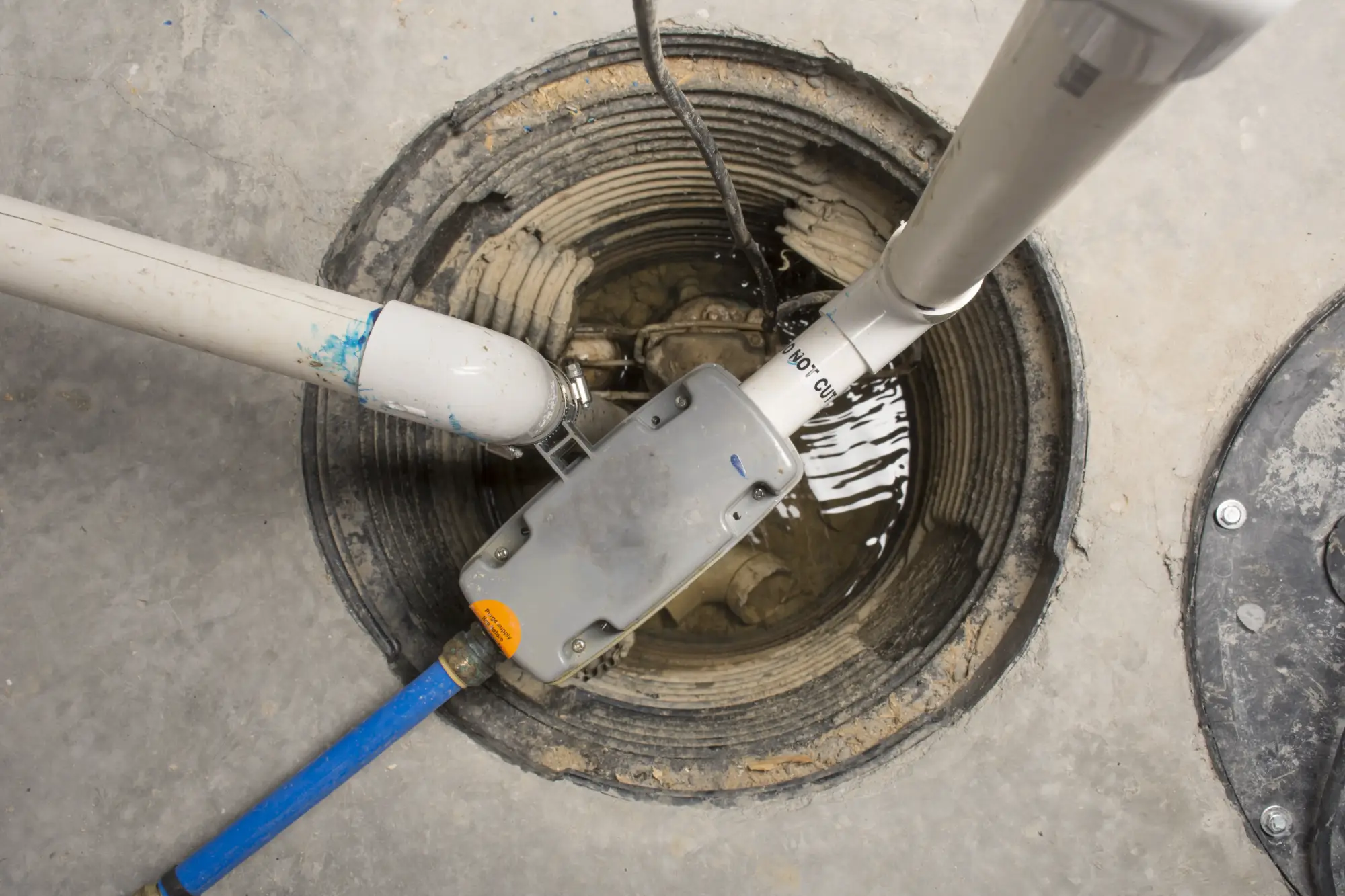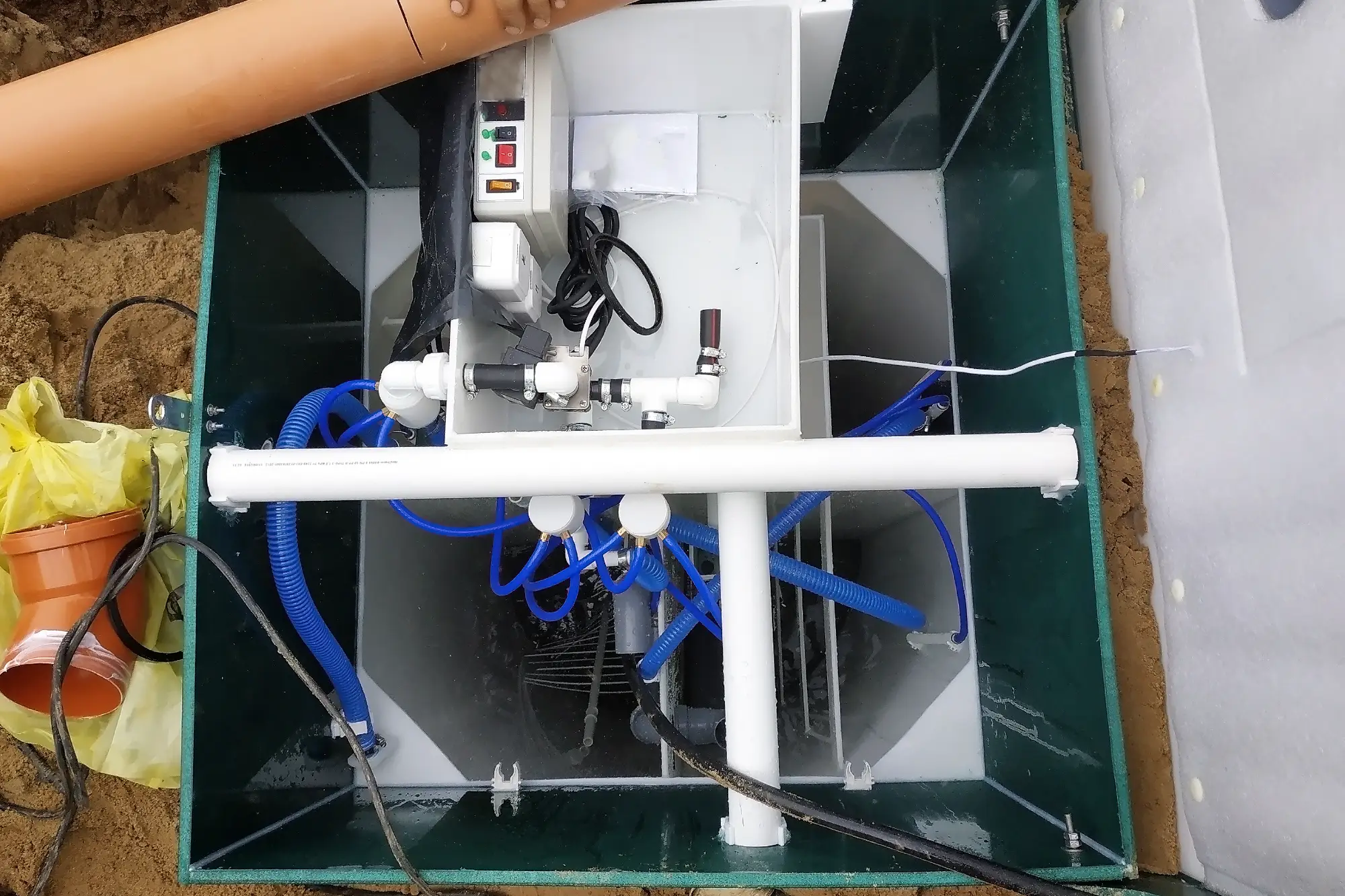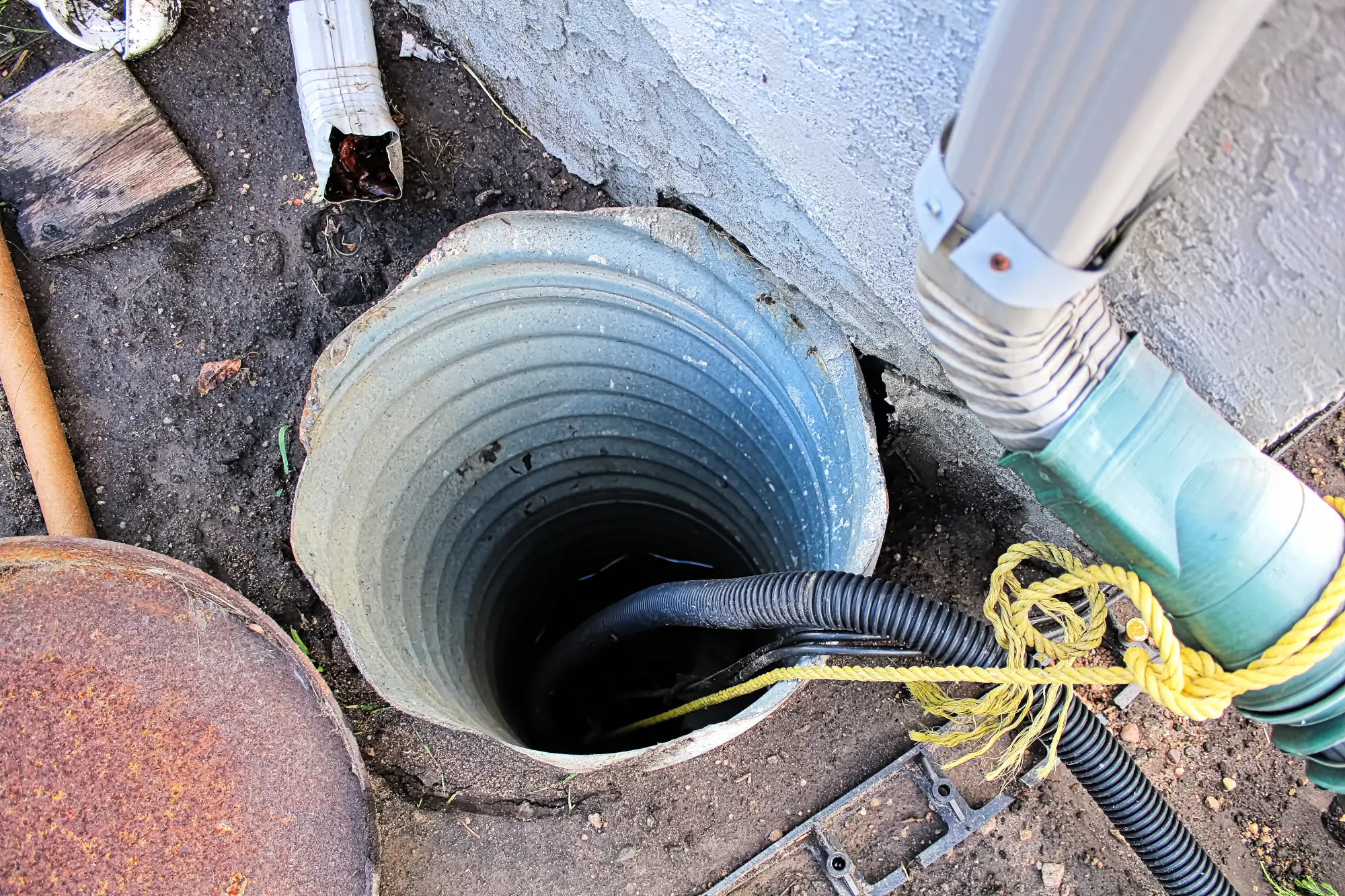Sump Pump Installation in Nissequogue, NY
Basement Protection That Actually Works
Custom sump pump systems designed for Long Island’s unique challenges and your peace of mind.

Hear About Us

Reliable Basement Sump Pump Systems
You know that sinking feeling when heavy rain starts and you’re wondering if your basement will flood again. A properly installed sump pump system eliminates that anxiety completely.
When your basement stays dry, your stored belongings stay safe. Your finished basement remains usable. Your home’s value stays protected. No more rushing downstairs during storms to check for water damage or dealing with the aftermath of soggy boxes and ruined furniture.
The right sump pump installation means you can actually forget about your basement during bad weather. It handles the water automatically, quietly, and reliably – exactly what you need when Long Island’s unpredictable weather hits your neighborhood.
Nissequogue Sump Pump Installation Company
Diamond Masonry & Waterproofing LLC has been solving basement water problems for Long Island homeowners who need solutions that actually work. We understand how Nissequogue’s soil conditions and proximity to water create unique drainage challenges that generic approaches can’t handle.
Our team specializes in both masonry and waterproofing, which means we see the complete picture when it comes to your basement protection. We’re not just installing a pump – we’re creating a comprehensive system that addresses your specific situation.
When you call us, you’re working with contractors who live and work in this area. We’ve seen every type of basement water problem Long Island can throw at a home, and we know exactly how to fix them.

Professional Sump Pump Installation Process
First, we assess your basement’s specific needs. Every home is different, and cookie-cutter solutions don’t work. We examine your current drainage, identify problem areas, and determine the right pump size and placement for maximum effectiveness.
Next, we install your system properly. This means digging the sump pit in the optimal location, installing quality pumps with appropriate backup systems, and ensuring proper discharge lines that direct water away from your foundation. We don’t cut corners on the details that matter.
Finally, we test everything thoroughly before we leave. You’ll see exactly how your new system works and understand what to expect. We walk you through basic maintenance and make sure you’re completely confident in your basement protection before considering the job complete.

Ready to get started?
Explore More Services
About Diamond Masonry & Waterproofing
Get a Free Consultation
Complete Basement Protection Solutions
Your sump pump installation includes everything needed for reliable basement protection. We provide high-quality pumps sized specifically for your home, backup systems for power outages, and proper discharge lines that prevent water from returning to your foundation.
We also address the bigger picture. If we spot masonry issues, drainage problems, or other factors contributing to your basement water troubles, we’ll let you know. Our goal is solving your water problems permanently, not just treating symptoms.
Many Nissequogue homes need customized solutions because of unique lot conditions or existing drainage systems. We adapt our approach to work with your property’s specific challenges, ensuring your new sump pump system integrates seamlessly with your home’s existing infrastructure.

How do I know what size sump pump I need for my basement?
What happens if the power goes out during a storm?
How often does a sump pump need to be replaced?
Can I install a sump pump myself or should I hire professionals?
Where does the water go after the sump pump removes it?
How much does professional sump pump installation typically cost?
Local Resources
- Google Map Link
- Find the Nissequogue, NY USPS
- Locate Nearby Nissequogue, NY Pharmacies
- View the Current Weather in Nissequogue, NY
- Nissequogue, NY is located in Suffolk county in New York State